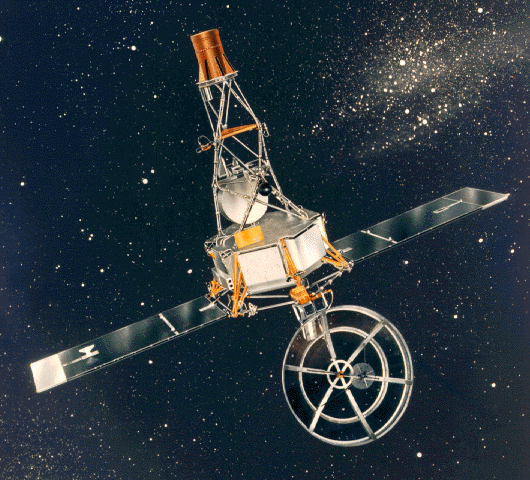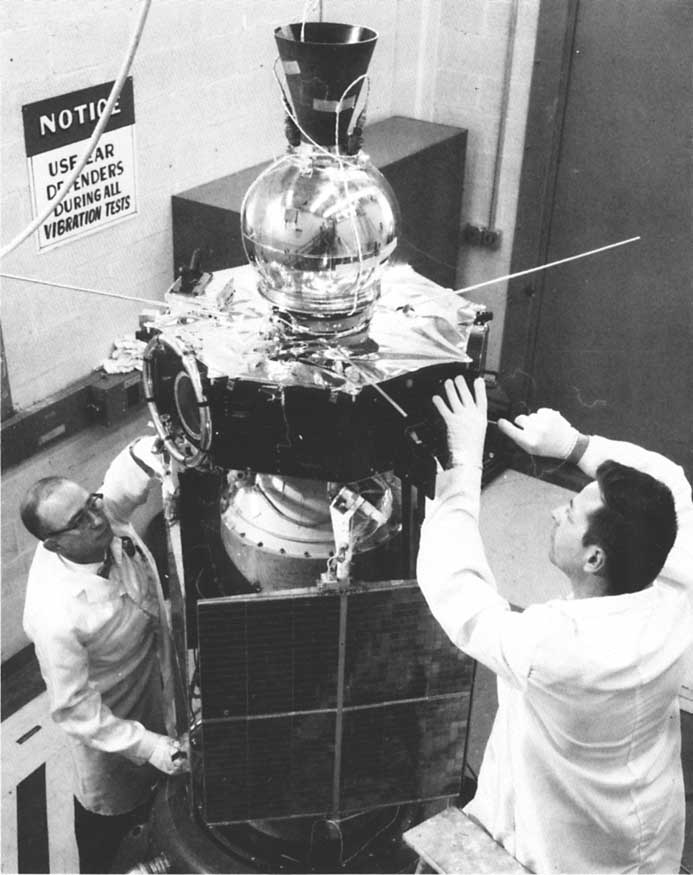Nominations for the Pegasus Awards close in less than two weeks!
The Pegasi are annual awards for filk — generally, folk music with science fiction or fantasy elements — given by the Ohio Valley Filk Fest. Categories include Best Song, Best Classic Song, Best Writer/Composer, and Best Performer, plus two special categories for this year: Best Gaming Song and Best Travel Song.

(Pegasus Award logo.)
I submitted my nominations yesterday. Here’s the online nomination form, if you’re ready to go.
Unsure whether you can nominate? You probably can.
First, you don’t need to be a member of the filk festival itself to nominate or vote. That said, according to the official rules “the purpose of the Nominating process is to poll members of the filk community for their independent opinions of each category.”
Unsure whether you’re a member of the filk community? The rules cover that, too:
Anyone who exhibits an interest in the filk community can be considered a filker. Exhibiting interest can be shown by, but is not limited to:
- Filking at sf/fantasy conventions
- Attending filk conventions
- Attending house sings
- Participating in online boards/discussions/mail lists/webrings pertaining to filk
- Discussing filk and filk related issues with other filkers
That last category is pretty broad, but if you and I ever discussed filk in one way or another then it seems as if you’re in.
Curious about what songs, songwriters, and performers are available to be nominated? The friendly folks at OVFF ran a “Brainstorming Poll” to take suggestions for each category; check it out for recommendations, or just to get a feel for the wide variety of filk and filkers. (Something of a shameless plug: As I blogged when the brainstorming results came out, my original song “The Monster Hunter Ballad”* was suggested in the “Best Song” category. Surprisingly, I was also suggested in the “Best Performer” category.)
Who did I nominate? I don’t usually nominate-and-tell (or vote-and-tell), so I won’t go into it category-by-category here on the blog. I will say it was hard to narrow down the choices! In the end, I nominated a number of different people, and some more than once, including Danny Birt, Alex Boyd, Tally Dueshane, Jonah Knight, Michael Longcor, Mikey Mason, Madison Roberts, Carla Ulbrich, and Scott & Kirsten Vaughan (aka The Blibbering Humdingers). Contact me directly and I’ll tell you exactly who I nominated for what.**
So, ready to nominate now? Once again, here’s the online nomination form. You have until midnight on July 29th — go for it!
___
*Inspired by the series of books by Larry Correia. (Full disclosure: I work for Baen Books, which publishes the Monster Hunter novels.)
**And, if you ask nicely, I might also tell you which of my other songs fit the special categories.



 by
by 


















